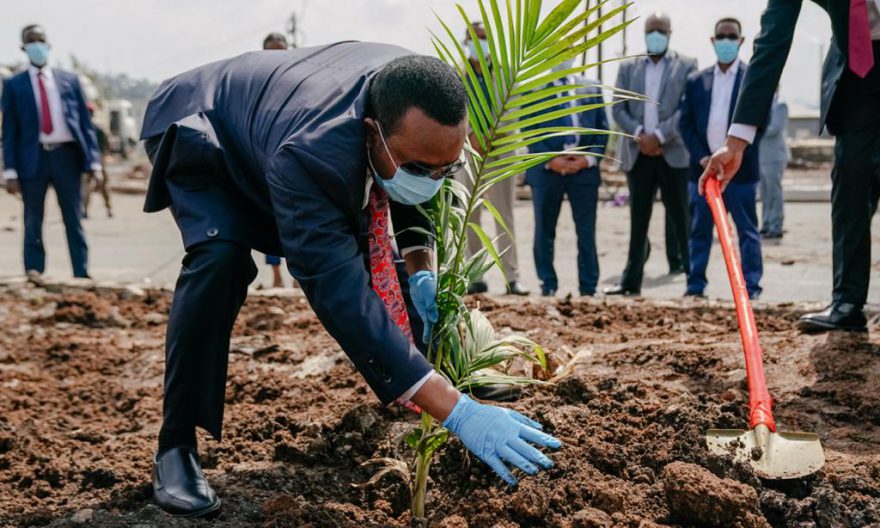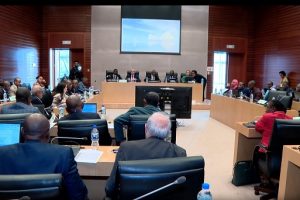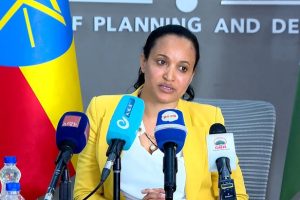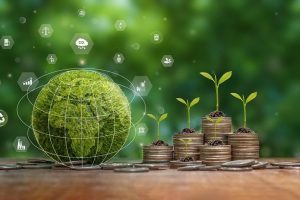
BY ADDISALEM MULAT
As things stand at present, the global climate is turning out to be the talk of the entire world on the grounds that it has been affecting the lives of the developing nations in a wide spectrum of ways. As a matter of fact, a number of developing nations make an effort to tackle the problem in a number of ways though they are not the primary cause for the growing climate change facing the planet.
This month, various parts of the world have seen hot temperature killing many people in different countries and the cause behind is the rising climate change.
Mother earth is coming increasingly under the impact of climate change whether it is in the developing countries or developed nations. The developed nations that contribute the highest carbon emission annually are doing not enough to mitigate the impact.
As learned from BBC, the world’s rich nations which caused the climate crisis know what’s expected of them – but they consistently fail to deliver in full. This summit made some progress, especially on heralding the demise of coal – the fuel that drove the industrial revolution and sent emissions soaring.
But for the umpteenth time the rich club has failed to deliver on its promise to channel $100bn a year to poor nations coping with a heating climate in the last G7 meeting, the BBC underscored.
Yes, bilateral deals have offered top-up funding to developing nations – but although we haven’t seen the details yet, it’s clear that they won’t tot up to the magic 100 mark.
And campaigners are warning there will be no over-arching deal to protect the climate unless that sum is reached and guaranteed at the vital COP26 climate conference in Glasgow in December.
Teresa Anderson, from Action Aid said: “The G7’s reaffirmation of the previous $100 billion a year target doesn’t come close to addressing the urgency and scale of the crisis.
“Rich countries have so far failed to deliver on climate finance pledges. The majority of what has been provided so far has been in the form of loans, which are pushing vulnerable countries further into debt and poverty.”
With developed nation that have huge resources and technology failing to address the problem, developing nations like Ethiopia are contributing to the efforts of climate change mitigation.
Ethiopia has been getting itself fully involved in planting trees year on year in the left, right, center of the country for building a greener future all over the country and in the horn of the Africa. The green legacy initiative spearheaded by Prime Minister Abiy Ahmed is taking shape across the country.
7.7 billion seedlings are prepared to this year’s Green Legacy initiative whilst 6.6 billion are going to be planted in home. According to him, over one billion seedlings are made available to Eritrea, South Sudan, Somalia, Sudan and Kenya. In the present climate, the initiative of Prime Minister has embarked on bearing fruits and thus he has been receiving a pat on the back.
Speaking to The Ethiopian Herald previously, Sebsebe Demissew, Professor of Plant Systematics and Biodiversity, Department of Plant Biology and Biodiversity Management, College of Natural Sciences, Addis Ababa University said regarding the initiative of Prime Minister Abiy Ahmed, “When we have massive deforestation in many parts of our country, any attempt to plant trees in deforested areas has to be seen positively.,”
“The idea being spearheaded by the Prime Minister and his personal participation together with other high ranking officials and community members is inspirational. The explanations linking the massive plantation programs with afforestation, reducing floods and improving the livelihood of communities should be applauded. This will undoubtedly change the attitude of citizens to plant trees and appreciate the connection with increased biodiversity and ecosystem services they provide.” he continued.
He went on to say, “However, the enormous enthusiasm and effort put into the plantations by the Prime Minister should be taken up by citizens across the country coordinated by regional governments from regional to Kebele levels. This requires identifying the areas to be reforested, the species adapted to that particular area, setting targets of the areas to be covered, the number of trees to be planted and developing indigenous seedlings as appropriate.”
“I am not evaluating whether the GCRE’s vision is realized or not as we are approaching 2025, the initiative by Prime Minister Abiy Ahmed in planting millions of trees in deforested landscapes will undoubtedly contribute to “protecting and re-establishing forests for their economic and ecosystem services, including as carbon stocks,” he concluded.
Be that as it may, Prime Minister Abiy Ahmed (PhD) announced that this year’s green legacy program has embraced the East African countries and Ethiopia has prepared over one billion seedlings to its neighbors with a view to ensuring a shared prosperity in the region. The Premier’s remark came yesterday while launching the 2021 green legacy program which was held under the motto ‘Let’s make Ethiopia Greener.’
Similarly, in his tweet prior to the launching event, the premier said, “As Ethiopians, our lives are strongly intertwined with trees and forest. Preventing flooding, food insecurity, environment-related conflicts, and other adverse effects is in our hands.” “When I call upon all Ethiopians to ‘Adorn Ethiopia’ the call is to cover our nation green to see beyond lines of divisions-region, ethnicity, religion sex, and in unity let us dress Ethiopia with prosperity and dignity the people of this great nation deserve,”
Professor Masresha Fetene, an Emeritus Professor of Plant Ecophysiology at Addis Ababa University regarding the initiative of Prime Minister Abiy Ahmed told The Ethiopian Herald in his previous interview that “This is an excellent initiative. The enthusiasm generated is truly unbelievable. Anything that is espoused by high government officials has always a better chance of implementation. No leader of this country has ever been as engaged in tree planting as Premier Abiy. It is a historical opportunity to seize.
“There are many reasons why this campaign is important. The first of these is the fact that it has increased people’s awareness on the benefits of environmental protection and tree planting. The motivation, gusto and interest we observed, especially in the young, has been phenomenal. We have seen people taking responsibility and planting tree seedlings in thousands in areas designated and provided by authorities. What is also good about the campaign is that it brought the importance of planting fruit trees.” he added.
He stressed that one interesting feature we observed was that some of the seedlings were bought from organized youth who have been raising indigenous seedlings. This is very encouraging. Raising indigenous seedlings is not an easy matter. And yet I have seen several young guys who presented indigenous seedlings in thousands. This is a very valuable engagement and means of livelihood for part of the youth.
He elucidated that the most critical point is bringing home the realization that Ethiopian’s development is strongly dependent on what we do to protect out forests and afforest our degraded landscapes. The survival of our dams, including and especially the Grand Ethiopian Renaissance Dam, is inseparably tied to sustainable land management of the river basins.
“The promise of the GERD is dependent on what we do now in the Choke Mountains, among others. Thus governmental and non-governmental institutions as well as citizens need to work in unison and coordination for sustainable development of our forest resources.” he concluded.
THE ETHIOPIAN HERALD JULY 16/2021




